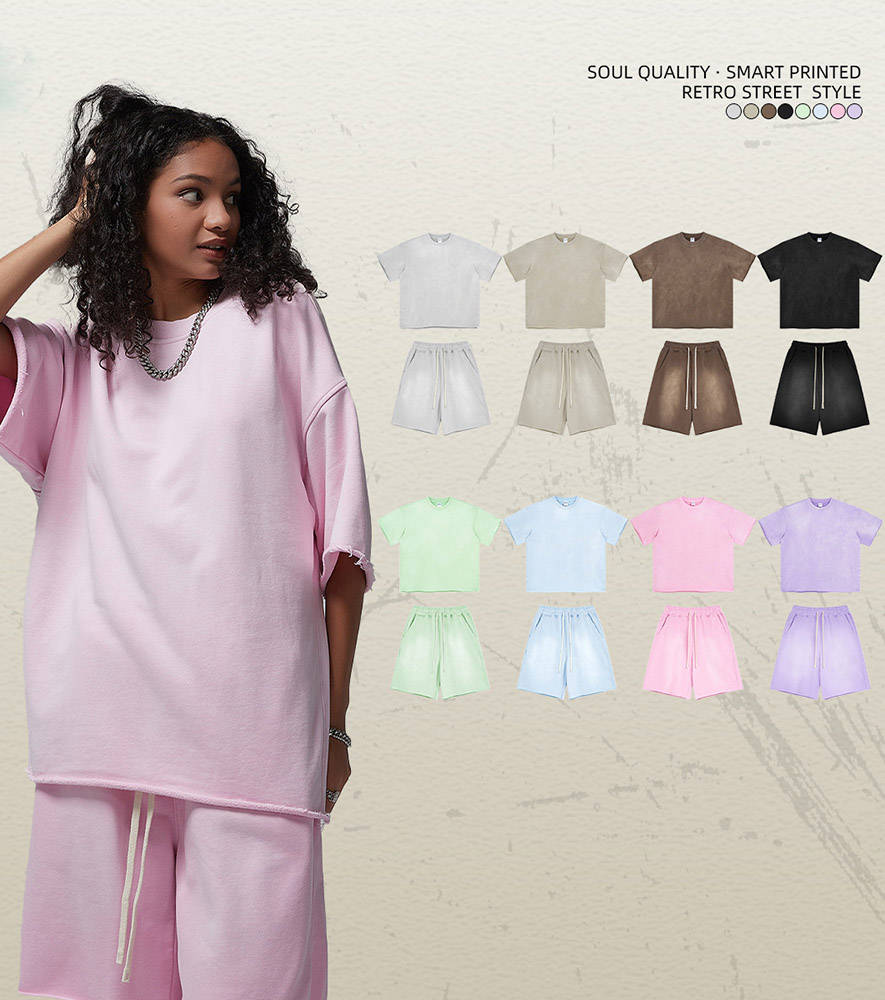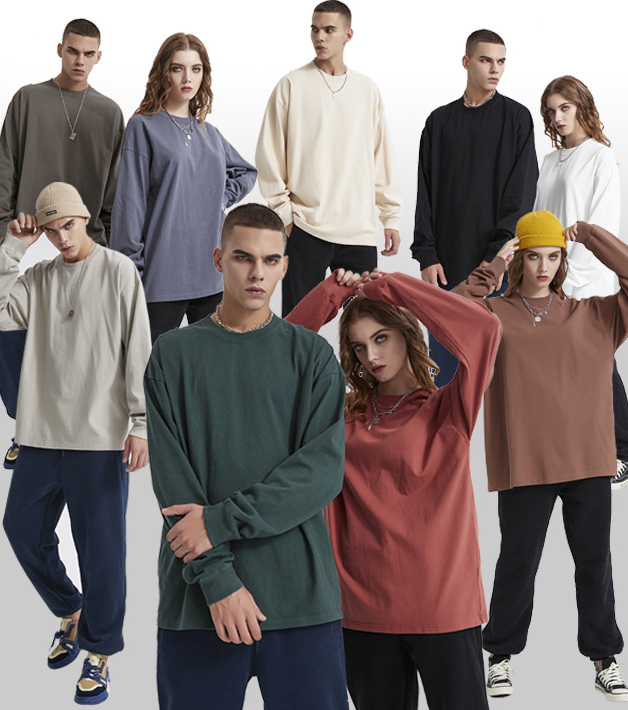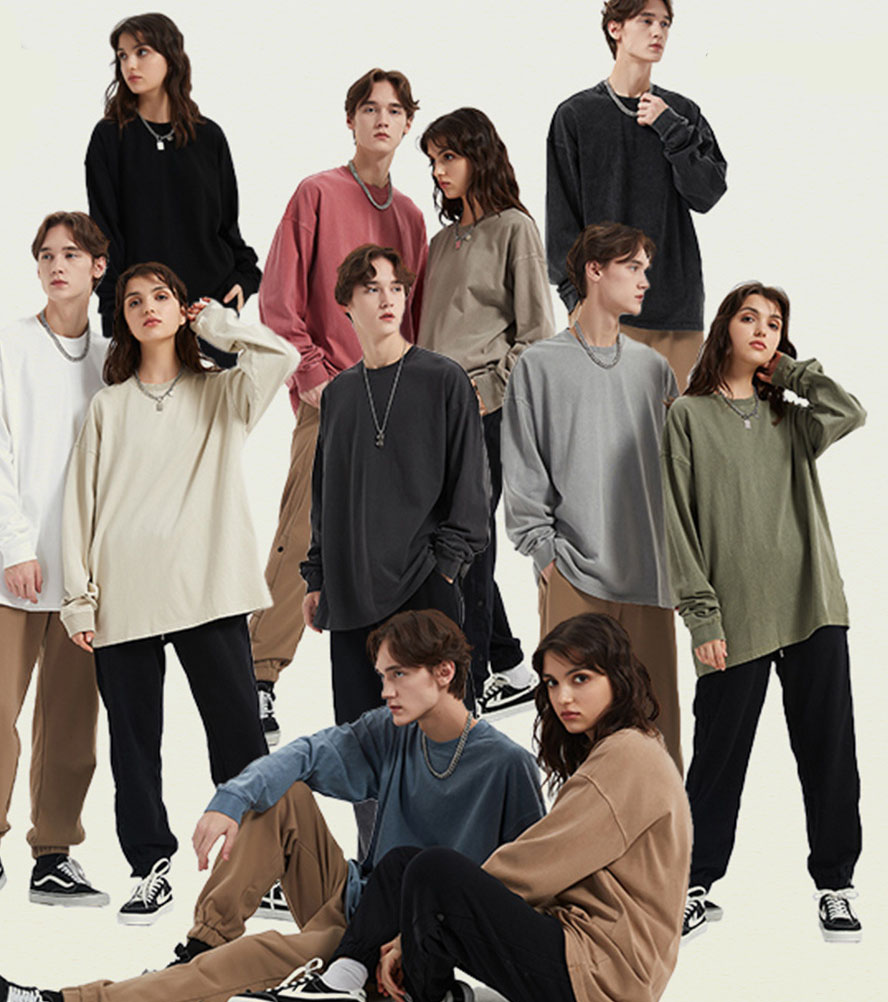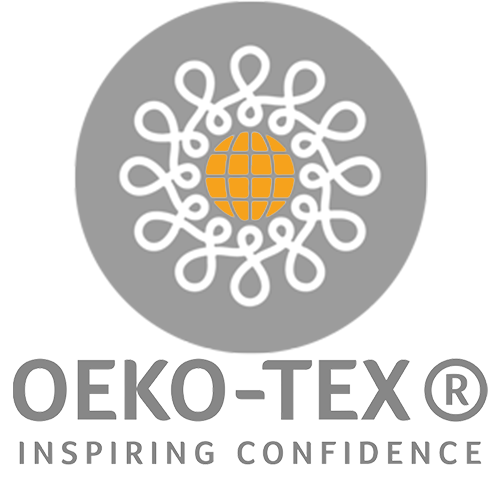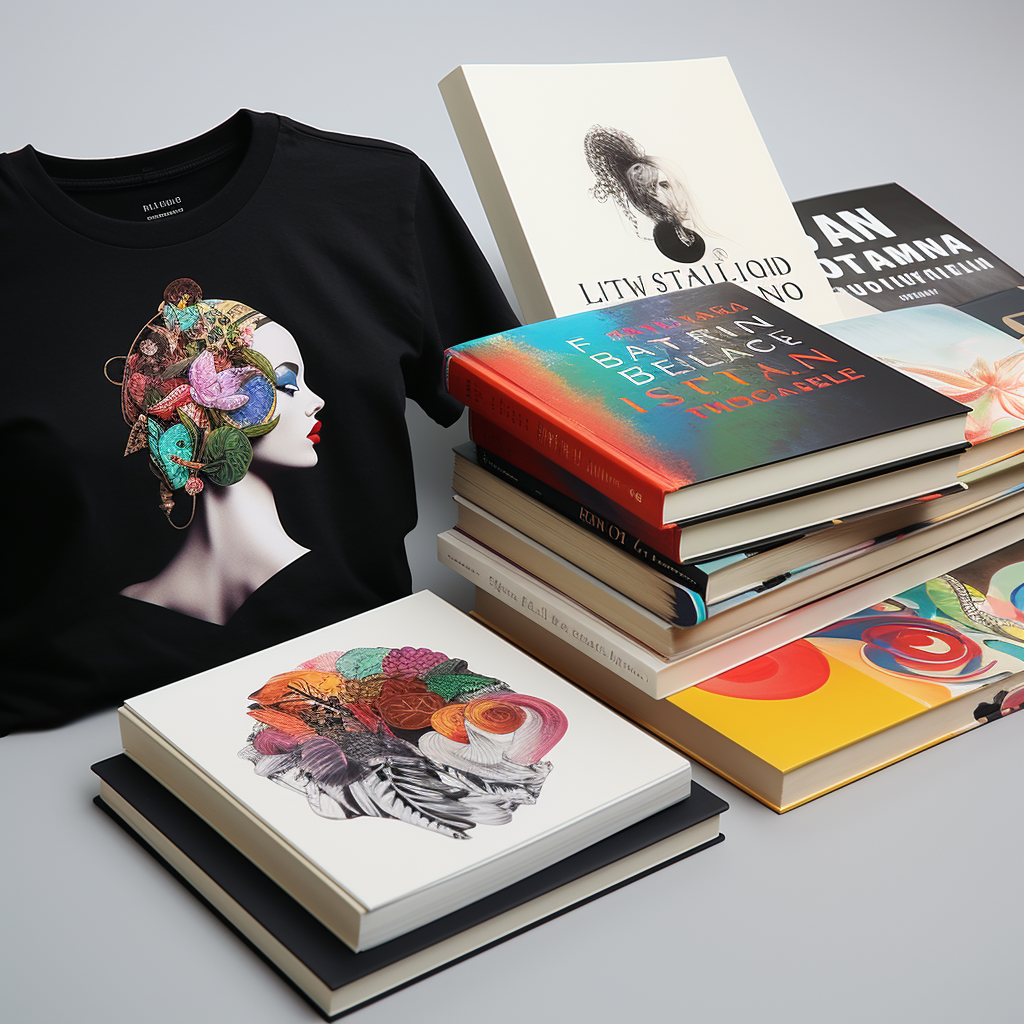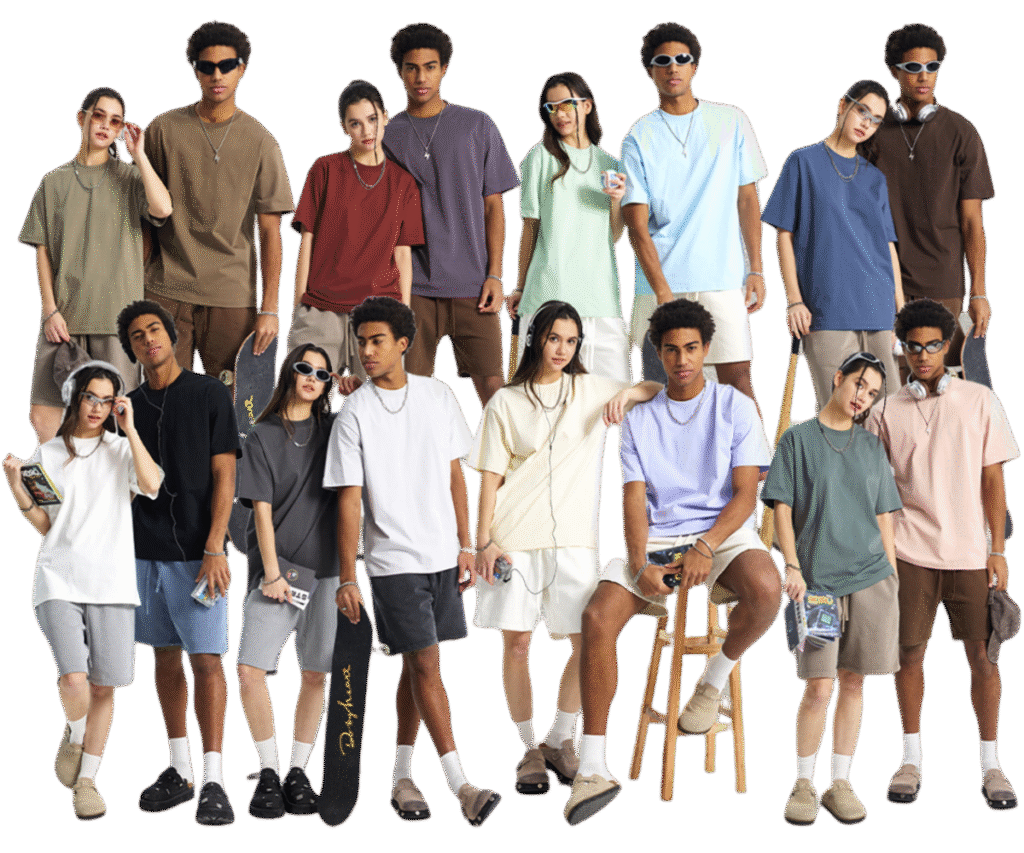Screen printing is a popular method for customizing apparel, but proper curing is essential for durability. Can a hair dryer get the job done? It seems like a convenient option, but is it effective?
Technically, you can use a hair dryer for screen printing, but it’s not recommended for professional results. Hair dryers don’t reach the high temperatures needed to properly cure screen printing ink1.
Let’s dive deeper to understand why and explore better alternatives.

Why is heat important in screen printing?
Curing is the process of drying and setting the ink on the fabric. But why is heat so crucial in screen printing?
Heat is essential in screen printing because it bonds the ink to the fabric, ensuring durability and wash resistance. Inadequate curing can lead to cracking, peeling, or fading.
Screen printing inks, particularly plastisol, require high temperatures to fully cure. Typically, plastisol ink needs to reach around 320°F (160°C) to properly bond with the fabric fibers.
Ensuring Durability and Washability
Proper curing locks the ink into the fabric, making the design long-lasting and resistant to washing. Without sufficient heat, the ink may crack, peel, or wash out quickly.
Achieving Vibrant Colors
Heat helps the ink pigments fully develop, resulting in vibrant and opaque colors. Insufficient curing can lead to dull or faded prints.
Preventing Smudging and Smearing
Curing solidifies the ink, preventing smudging or smearing when touched. This is crucial for maintaining the design’s integrity and sharpness.
Can a hair dryer provide enough heat for screen printing?
Hair dryers are convenient and readily available, but can they produce the heat needed for screen printing?
No, hair dryers generally do not reach the required temperatures for curing screen printing ink. They typically heat up to 140°F (60°C), which is far below the 320°F (160°C) needed for proper curing2.
Let’s look at why a hair dryer falls short in this application.
Temperature Limitations
Hair dryers are designed for personal use, such as drying hair, and typically operate between 80°F (27°C) and 140°F (60°C). In contrast, screen printing inks, especially plastisol, require at least 320°F (160°C) to cure properly.
Inconsistent Heat Distribution
Hair dryers don’t provide even heat distribution3. They blow air over a small area, leading to uneven curing. This can cause some parts of the design to crack or peel prematurely.

Insufficient Air Flow and Pressure
Professional curing equipment uses high-pressure airflow to penetrate the ink layer and cure it thoroughly. Hair dryers lack the necessary airflow and pressure, leading to incomplete curing.
Risk of Fabric Damage
To compensate for the lower heat, users may hold the hair dryer closer to the fabric, increasing the risk of scorching or damaging the garment.
Comparison: Hair Dryer vs. Professional Curing Equipment
| Feature | Hair Dryer | Professional Curing Equipment |
|---|---|---|
| Maximum Temperature | ~140°F (60°C) | 320°F (160°C) or higher |
| Heat Distribution | Uneven, localized | Even and consistent |
| Air Flow and Pressure | Low | High and controlled |
| Durability of Print | Low (Prone to cracking/peeling) | High (Long-lasting and wash-resistant) |
| Risk of Fabric Damage | High (due to proximity) | Low (Designed for textiles) |
What happens if screen printing ink is not cured properly?
Improper curing can ruin your design and waste your hard work. But what exactly happens if the ink isn’t cured properly?
If screen printing ink isn’t cured properly, it can crack, peel, fade, or wash off easily, leading to poor-quality prints and dissatisfied customers.
Understanding these consequences highlights the importance of using the right curing method.
Cracking and Peeling
Improperly cured ink remains soft and brittle. As the fabric stretches or moves, the ink cracks and peels off, ruining the design.
Fading and Washing Out
Without sufficient heat, the ink doesn’t bond with the fabric fibers. This causes the design to fade or wash out after a few washes, reducing the print’s longevity.
Smudging and Staining
Ink that isn’t fully cured remains tacky and can smudge or stain other fabrics when in contact. This affects the garment’s overall appearance and quality.
Customer Dissatisfaction and Returns
For businesses, poor-quality prints lead to customer complaints, returns, and damage to brand reputation. Ensuring proper curing is crucial for maintaining customer satisfaction.

What are better alternatives to using a hair dryer?
If a hair dryer isn’t suitable, what other options are available?
Better alternatives to using a hair dryer for screen printing include heat guns, flash dryers, conveyor dryers, and heat presses. These tools provide consistent, high temperatures required for proper curing.
Let’s explore these options in detail.
Heat Gun
A heat gun is a step up from a hair dryer, capable of reaching temperatures up to 1000°F (537°C). It offers better heat control and consistency, making it suitable for small-scale screen printing.
- Pros: Affordable, portable, and effective for small designs.
- Cons: Requires manual movement for even curing, risk of overheating fabric.
Flash Dryer
A flash dryer is specifically designed for screen printing. It hovers over the fabric, providing even and consistent heat. It’s ideal for mid-sized operations and speeds up production.
- Pros: Even heat distribution, fast curing times.
- Cons: More expensive and requires a dedicated workspace.
Conveyor Dryer
A conveyor dryer is the gold standard for professional screen printing. Garments move through a heated tunnel on a conveyor belt, ensuring uniform curing.
- Pros: High efficiency, consistent curing, suitable for bulk orders.
- Cons: Expensive and requires significant space.
Heat Press
A heat press provides precise temperature and pressure control, ideal for curing small designs like logos or labels.
- Pros: Consistent temperature, easy to use.
- Cons: Limited to small prints, may leave press marks on fabric.
Comparison of Curing Alternatives
| Curing Method | Temperature Range | Best For | Cost and Accessibility |
|---|---|---|---|
| Heat Gun | Up to 1000°F (537°C) | Small-scale prints | Affordable, easy to find |
| Flash Dryer | 320°F (160°C) and above | Mid-sized operations | Moderate cost, requires workspace |
| Conveyor Dryer | 320°F (160°C) and above | Large-scale production | Expensive, commercial use |
| Heat Press | Adjustable (Up to 400°F/204°C) | Small logos or labels | Moderate cost, limited print size |
How to properly cure screen printing ink for long-lasting results?
For durable and vibrant prints, proper curing is essential. But how can you achieve the best results?
To properly cure screen printing ink, maintain consistent temperatures of at least 320°F (160°C), ensure even heat distribution, and perform wash tests for durability.
Here are some tips to help you get professional-quality prints.
Use the Right Temperature and Time
- Plastisol Ink: Cure at 320°F (160°C) for about 1-2 minutes.
- Water-based Ink: Requires slightly lower temperatures but longer curing times.
Ensure Even Heat Distribution
Use equipment that provides consistent, even heat, such as a flash dryer or conveyor dryer. Avoid cold spots or overheating by maintaining a steady distance.
Conduct Wash Tests
Always perform a wash test to check print durability. If the design cracks or peels, it indicates insufficient curing.
Avoid Overheating
Excessive heat can scorch the fabric or cause the ink to become brittle. Monitor temperature closely and adjust as needed.
Conclusion
While using a hair dryer for screen printing might seem convenient, it lacks the necessary heat and consistency for proper curing. For professional and long-lasting prints, consider alternatives like heat guns, flash dryers, or conveyor dryers. Proper curing is crucial for durability, vibrant colors, and customer satisfaction.
-
Understanding the best curing methods for screen printing ink is essential for achieving high-quality, durable prints. ↩
-
Exploring the significance of proper curing can help you avoid common pitfalls and ensure your designs last longer. ↩
-
Learning about heat distribution can enhance your screen printing techniques and improve print quality significantly. ↩




